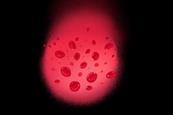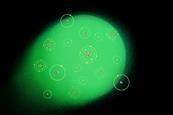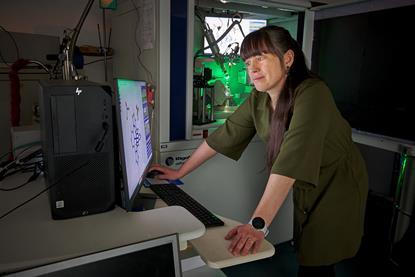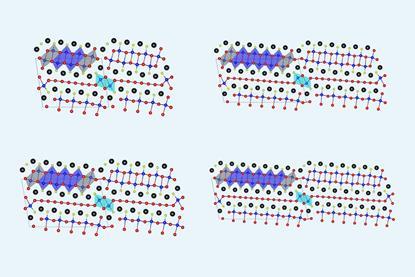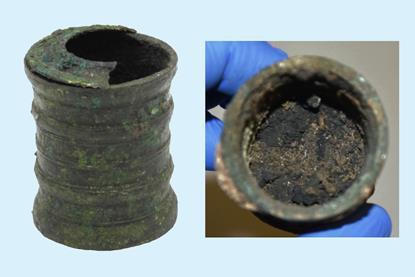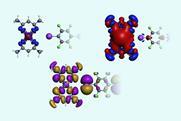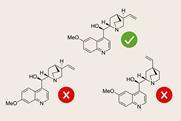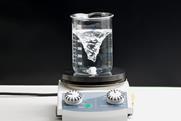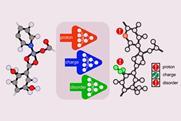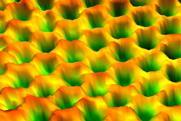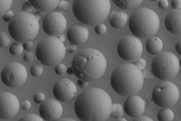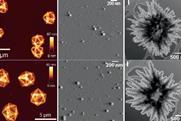The future of analytical chemistry
We’re looking ahead to the future of analytical chemistry, from monitoring the planet from satellites, diagnosing cancer quickly and easily from small blood samples, to where the discipline itself is heading. And with a century and half passing since the Society of Public Analysts was founded, what does the future hold for this important role?
How satellite remote sensing is enhancing our understanding of Earth
Instruments in space have studied the planet’s atmosphere and surface, and are now being joined by powerful new ones, finds Andy Extance
Blood biopsies for cancer
Testing small amounts of blood for the presence of disease markers could revolutionise how we detect cancer. Clare Sansom reports
Analysing a chemist’s wish-list
Analytical techniques have come a long way, but what does the future hold? Rachel Brazil asks the experts what they’d like to see
Why we need public analysts
As the Association of Public Analysts winds up, Duncan Campbell reflects on the continued importance of the profession
Analytical chemistry is never far from the frontiers of science
New and better tools are pushing back boundaries and changing the world
- Research
Shedding light on how photoactive crystals respond in real time
Lauren Hatcher discusses her work developing techniques for time-resolved crystallography
- Opinion
An analytical gold mine
How forensic techniques can help trace the origin of illegally sourced gold
- Research
Inorganic homologous series forms solids with predictable structures
Newly uncovered structure–composition relationship could help to improve AI’s ability to predict new inorganic materials
- News
Photo of coiling net-caster spider silk wins Royal Society competition
Stunning electron micrograph of silk structure among 10 scientific photos to win prizes
- Opinion
What’s on your lab technology wish list?
Once-magical tools are now mundane. What will the next miracles be?
- Research
Roman-era ink reveals surprising chemical complexity
2000-year-old residue indicates the Romans wrote with iron-gall inks hundreds of years earlier than expected
- Research
Chemistry and AI pushes biosignature detection for life back billions of years
Combining analytical chemistry with machine learning doubled the age of ancient rocks that can be examined for signs of primordial life
- Research
Paramagnetic NMR used to probe covalent character of halogen bonds
Assessing hyperfine shifts in paramagnetic NMR spectra provides new details on the covalent character of halogen bonded cocrystals
- Research
Infrared and NMR fusion boosts automated structure verification
Study highlights untapped potential of IR spectroscopy data
- Research
Nanopore sensor can detect individual volatile organic compounds
Technology could be used to detect subtle shifts in bodily markers in breath that herald infections and cancers
- Opinion
When the cat’s away, the bats will play
Does Felis catus play nicely with its seasonal partners?
- News
UK’s new national laboratories site will support ‘invisible infrastructure’ of measurements that keep world in sync
£20 million investment by LGC will boost country’s analytical and metrology capabilities
- Research
All stirred up: chemical engineers refute claims that ‘stirring doesn’t matter’
Failing to mix reactions in heterogeneous or industrial systems could cause numerous issues and might even be dangerous, preprint claims
- Research
Neural network trained to classify crystal structure errors in MOF and other databases
Study serves as a reminder that machine learning models are only as good as the data they are trained on
- News
More than 97% of electron microscope images remain unpublished
Huge datasets that would be a valuable training aid for AI are being lost
- Opinion
The lost treasure of electron microscopy
Unpublished images should be brought to light to aid science communication and speed up discovery
- Opinion
‘Making MOFs is the most fun I have ever had in the lab’
A personal connection to the 2025 Nobel prize in chemistry
- Opinion
Coblentz’s infrared spectrometer and the overlooked power of vibrations
Vibrational spectroscopy’s intuitive insight into molecular structure was initially shunned by chemists
- Opinion
Robert Huber: ‘I call the last century the century of vision’
The Nobel laureate on the joys of entering a developing field, and the century of vision
- Research
Fake microscopy images generated by AI are indistinguishable from the real thing
Materials scientists warn that raw data and replication studies are needed to tackle the looming threat of near-undetectable AI fraud
- Business
Lab Innovations 2025 returns to shape the future of laboratories
Scientists, researchers, engineers, industry leaders and innovators gather for UK’s must-attend industry event

